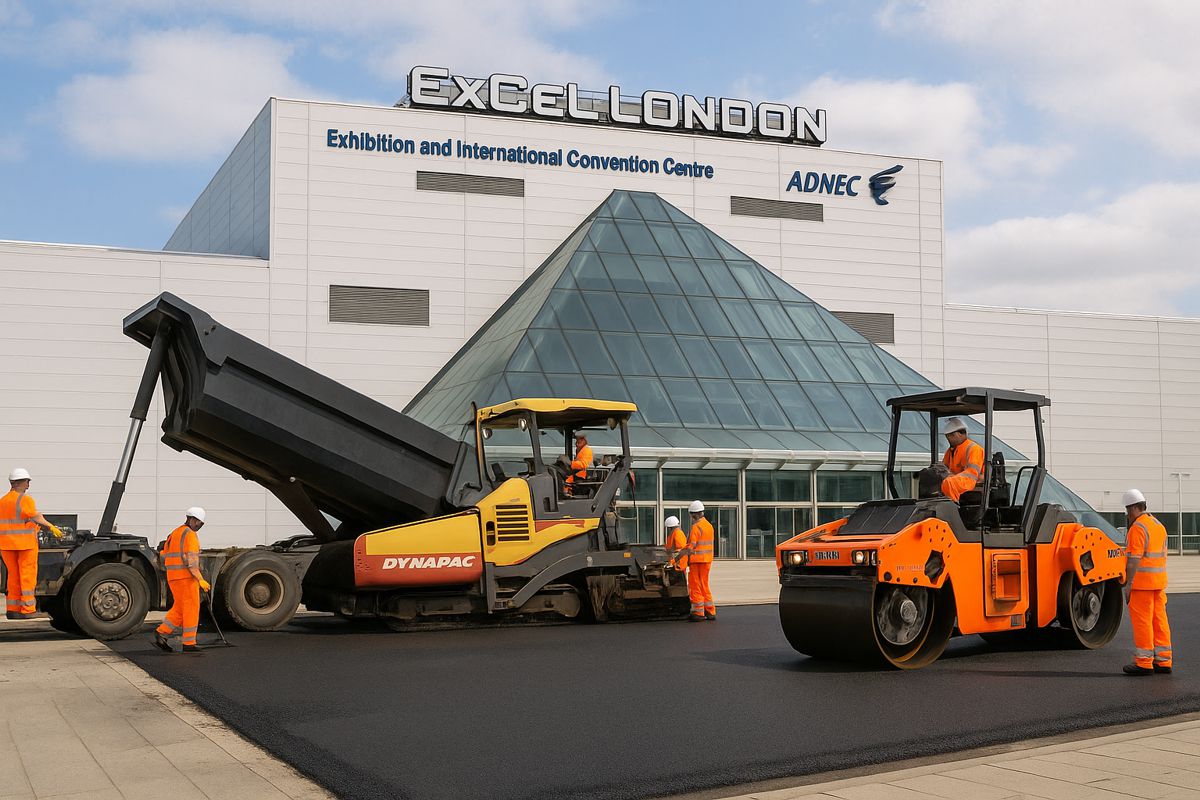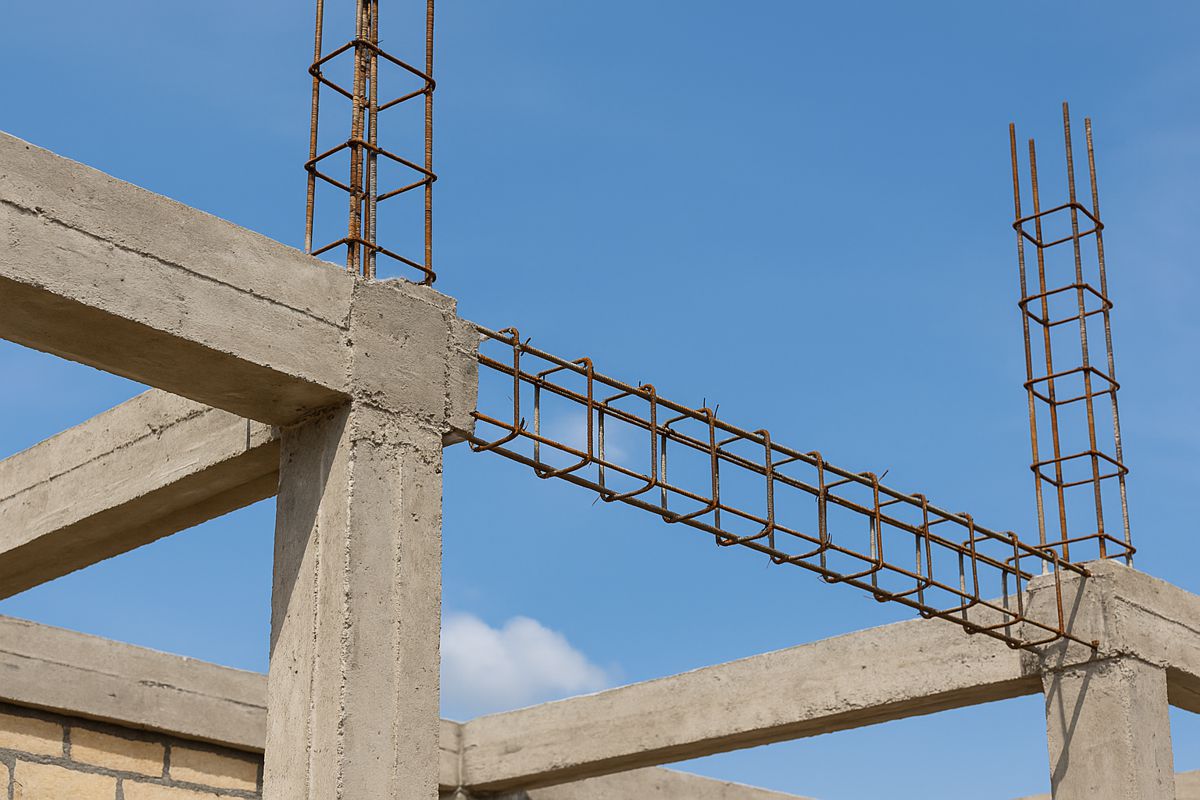How to make roads safer now and for the future
Operators across the road network from local authorities to national transport bodies, identify improving road safety as a top priority. With the number of people killed on Britain’s roads increasing from 1,730 in 2015 to 1,792 in 2016, the priority to make roads safer is much-needed.
The Road Safety Foundation has identified the most dangerous stretches of road in their recent British EuroRAP Results 2017 report ‘Cutting the Cost of Dangerous Roads’. The British EuroRAP network (motorways and ‘A’ roads outside of built up areas) accounts for 10% of the total road network, upon which 51% of the fatal crashes occur. The largest single cause of death on the network was run-off road crashes (30%) and the largest single cause of serious injury on the network was crashes at junctions (33%).
These figures are tough to read but the report also highlights that last year, in a major innovation, the government allocated £175m to tackle a portfolio of “the 50 most dangerous roads” in England. The 50 local authority ‘A’ roads posing the highest risk of death and serious injury to their users were identified by the Road Safety Foundation through the 2016 analysis.
The report goes on to show that serious road crashes, and their costs, can be targeted, but overall only 1% of road sections have shown significant improvement over the past year. More than 550 road sections, nearly one in 5 of the total, still have unacceptably high risks.
Improving safety now
Over previous years, Clearview Intelligence has been involved in helping improve some of the UK’s most dangerous roads such as the A41 at Chetwynd and the A4128 at High Wycombe. Clearview continue to work with road operators to put in place innovative safety solutions. Amongst their applications are the solar powered SolarLite Active Road studs that provide enhanced delineation of roads, combating potential run off crashes, and they have put in place award winning visual warning solutions where vehicles are detected at junctions, or speed is checked, triggering the appropriate message to that type of vehicle.
Most of these solutions are put in place where it is felt, or has been proven, the road has a dangerous section to it. This can come from recording the number of incidents at a certain location, or perhaps through local action groups who recognise the potential dangers that may occur.
Maintaining safety in the future
Once safety solutions are put in place it is sensible to monitor if incident rates improve and the danger is reduced. This is what we are all aiming for, but roads do change over time. Their use may increase, the type of vehicles on the road may change, the condition of the road itself may degenerate and people who were involved in the original thinking may move on.
And this is where it is important for road planners and maintainers to continue to record and understand the history of their road networks. If a safety solution has been previously put in place and this has reduced the danger of using the road, it doesn’t mean that stretch of road is now safe forever. A simple change such as resurfacing of the road may remove or alter the safety solution, reducing its effectiveness and without anyone realising this is the case until a new incident occurs.
Clearview want to see positive activity, putting in place new safety solutions, but are also calling for the continued maintenance and proactive management of existing solutions.
Road studs must be checked, to make sure they are working and have not been damaged or covered with dirt or new bitumen. Road surface and markings conditions need to be continually monitored for wear and tear, and checks that road signs are clear from visual obstructions and that electronic signs are working correctly.
The Road Safety Foundation states that for every £1 spent on road safety engineering treatments the economy is typically saved more than £3, so it makes perfect sense to continue to maintain existing solutions.
Ensuring the safety of UK road users is a tough aim to achieve and requires innovative thinking around the use of applications and budgets. Clearview have the experience in doing this and look forward to contributing to the safer use of UK roads over the coming years.




















